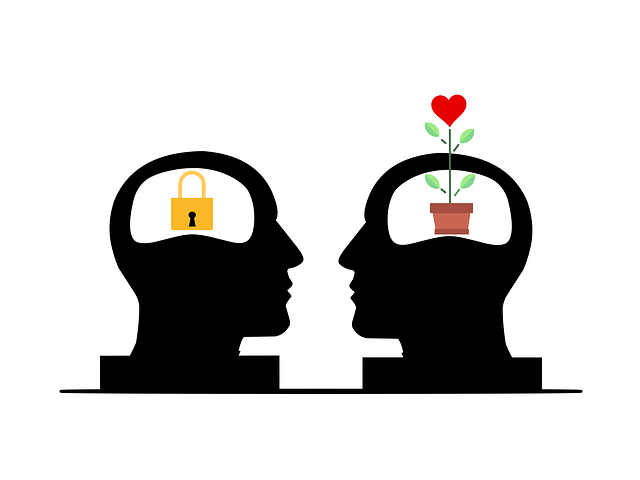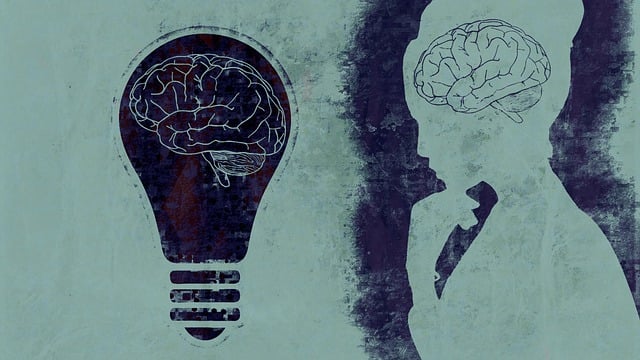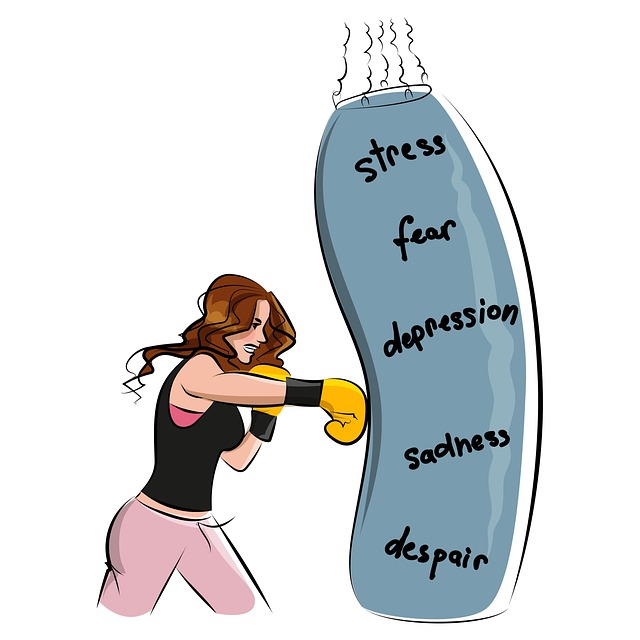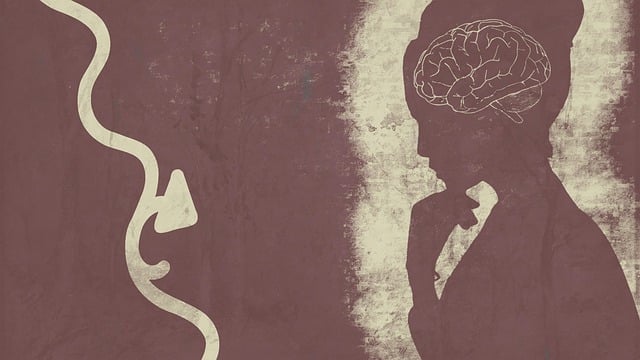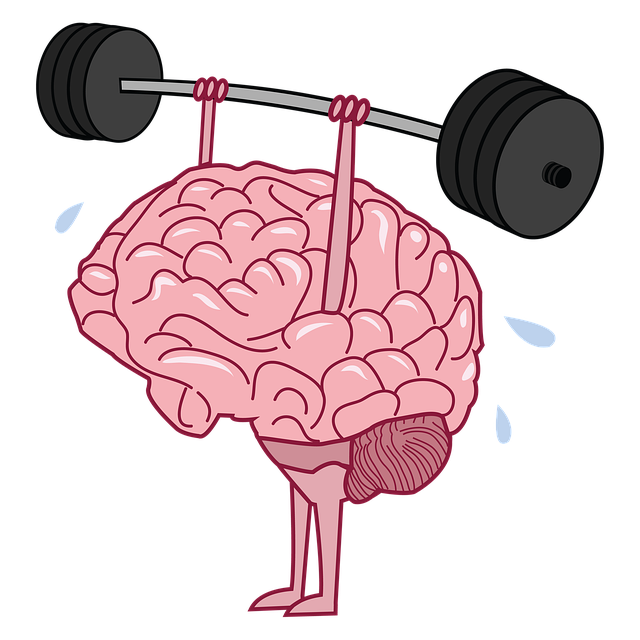Trauma among adolescents is a growing concern, with events like abuse, neglect, or natural disasters impacting their mental and physical well-being. Specialized therapy, particularly biofeedback, proves effective in helping teens manage traumatic memories and triggers by teaching them to control physiological reactions through exercises focusing on heart rate, muscle tension, and breathing. Combining biofeedback with inner strength development, mental health education, and CBT offers a holistic approach to addressing these complex needs. This multi-faceted strategy enhances trauma support services, equips teens with lifelong coping mechanisms, and promotes overall mental wellness.
“Trauma support services play a pivotal role in nurturing the well-being of adolescent teens. This article delves into the profound impact of trauma on young lives and explores effective strategies for provision of support. We examine ‘Understanding Adolescent Trauma and Its Impact’ and uncover innovative approaches, focusing on ‘Therapy for Teens: Incorporating Biofeedback Techniques’. By implementing these strategies, we can enhance service delivery, ensuring adolescents receive the necessary tools to overcome challenges.”
- Understanding Adolescent Trauma and Its Impact
- Therapy for Teens: Incorporating Biofeedback Techniques
- Strategies for Effective Support Service Provision
Understanding Adolescent Trauma and Its Impact

Adolescent trauma is a growing concern within mental health services, as more young people seek support for past and present-day experiences that have left them feeling vulnerable and unable to cope. Traumatic events in childhood and adolescence can include physical or emotional abuse, neglect, domestic violence, accidents, natural disasters, or any experience that threatens one’s sense of safety and security. These traumatic events can have profound and lasting effects on a teen’s mental, emotional, and even physical well-being.
One effective approach to supporting adolescents who have experienced trauma is through specialized therapy, such as biofeedback. Biofeedback techniques teach individuals how to gain control over certain physiological functions that are often triggered by stress or trauma. This form of therapy empowers teens by providing them with tools to manage their responses to traumatic memories or triggers. Additionally, mental health professionals can incorporate risk management planning into treatment, helping adolescents anticipate and prepare for potential stressors. By combining therapeutic interventions like biofeedback with programs focused on inner strength development and mental health education, healthcare providers can holistically address the complex needs of adolescent trauma survivors.
Therapy for Teens: Incorporating Biofeedback Techniques

For adolescent teens dealing with trauma, therapy incorporating biofeedback techniques has emerged as a powerful tool. Biofeedback allows young individuals to gain control over their physiological responses, fostering self-awareness and coping mechanisms essential for managing traumatic stress. Through guided exercises, teens learn to monitor heart rate, muscle tension, and breathing patterns—skills that promote relaxation and emotional balance, ultimately enhancing mental wellness.
This approach not only complements traditional therapy but also serves as a valuable addition to healthcare provider burnout prevention strategies. By teaching adolescents biofeedback techniques, therapists empower them with practical tools for self-care and mood management. Incorporating journaling exercises alongside biofeedback can further strengthen the therapeutic process, providing teens with a means to articulate their experiences and track progress in their mental wellness journey.
Strategies for Effective Support Service Provision

In providing trauma support services, especially for adolescent teens, a multi-faceted approach that incorporates various strategies can significantly enhance effectiveness. One key strategy is integrating therapy sessions tailored to the unique needs and experiences of this age group. Cognitive Behavioral Therapy (CBT), for instance, has proven effective in helping teens process traumatic memories and develop coping mechanisms for managing stress and mood swings. Furthermore, incorporating biofeedback techniques offers a non-invasive method to improve self-regulation skills by teaching individuals to control certain physiological responses, thereby enhancing their ability to manage anxiety and emotional distress.
Mental health awareness plays a crucial role in ensuring these services reach the appropriate demographic. Educating both teens and their support networks about available resources empowers early intervention and prevention strategies. Stress management techniques, such as mindfulness exercises and relaxation training, can be integrated into therapy sessions to foster resilience and adaptive coping behaviors. This holistic approach not only addresses immediate trauma-related concerns but also equips adolescents with lifelong tools for mood management and overall mental wellness.
In conclusion, addressing adolescent trauma requires a multifaceted approach, with therapy and biofeedback emerging as powerful tools. By integrating these strategies within support services, we can effectively cater to the unique needs of young individuals. Understanding the impact of trauma and adopting evidence-based practices, such as biofeedback techniques, ensures that adolescents receive the best possible care, fostering their resilience and overall well-being.
